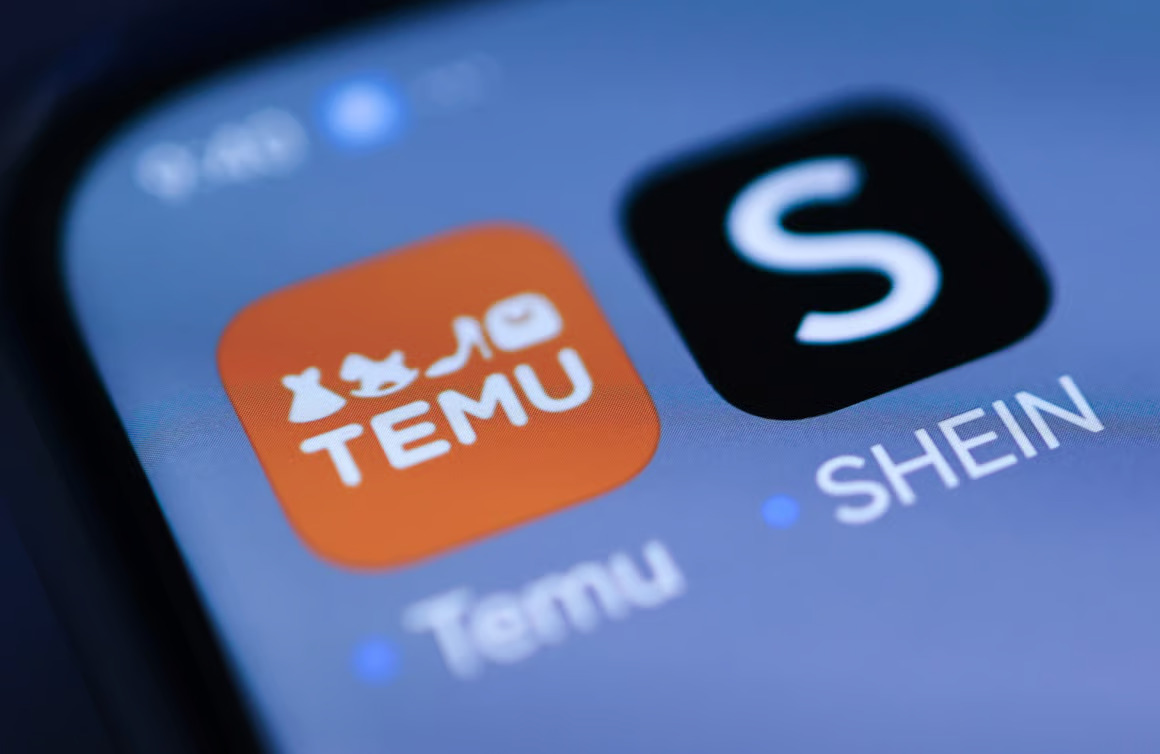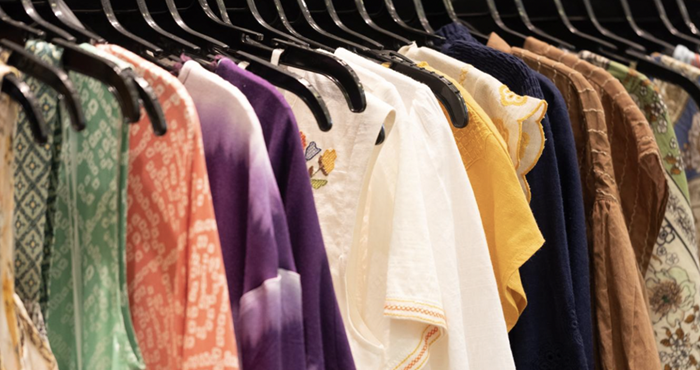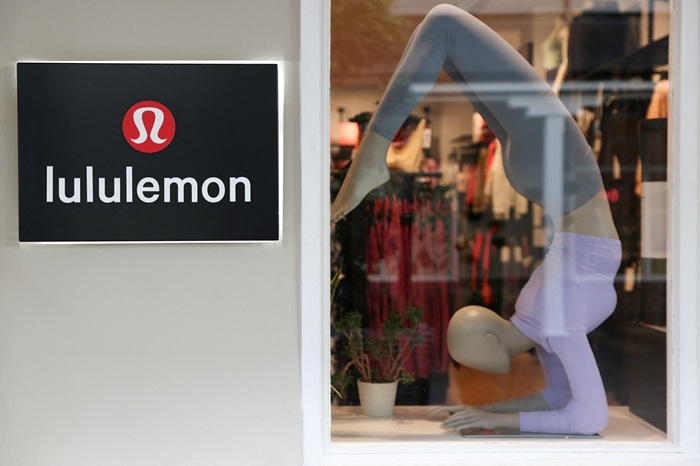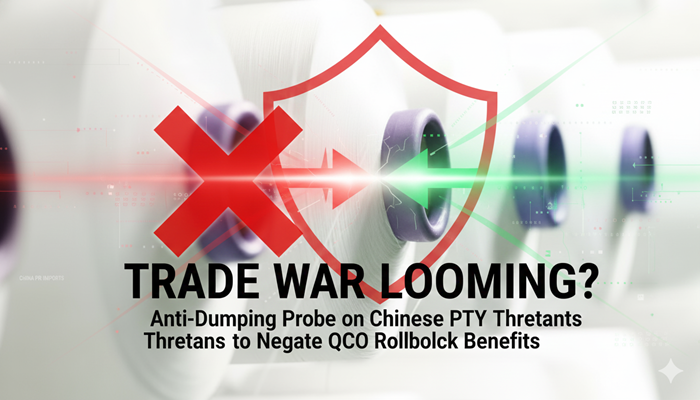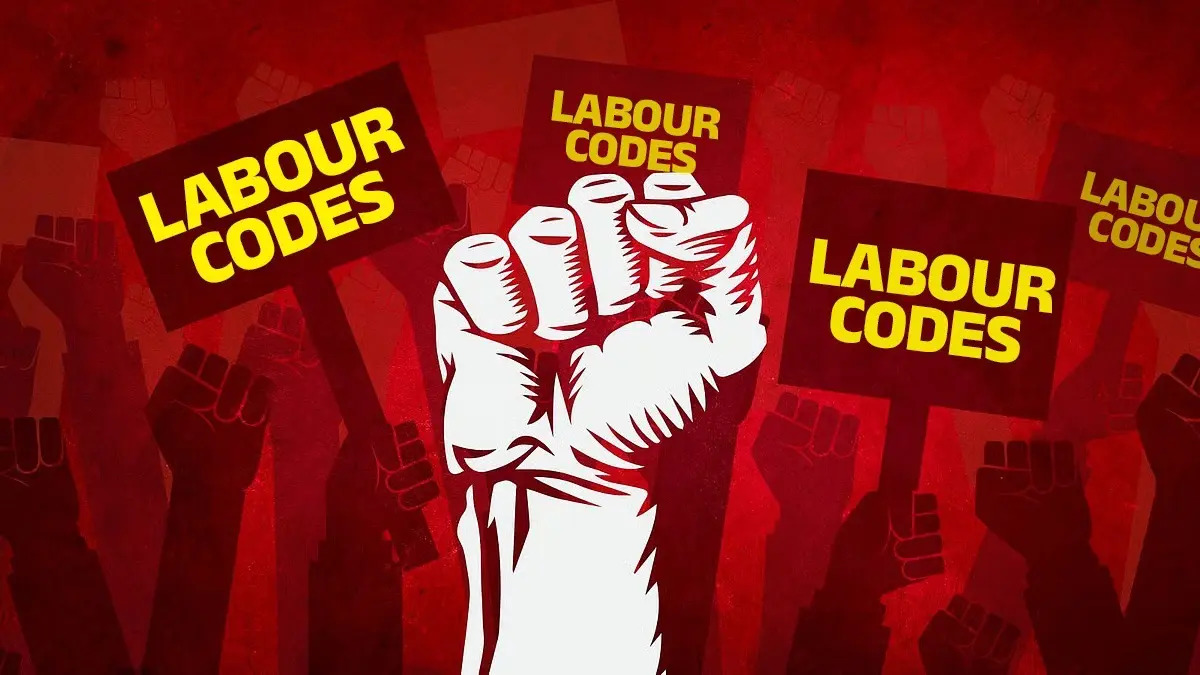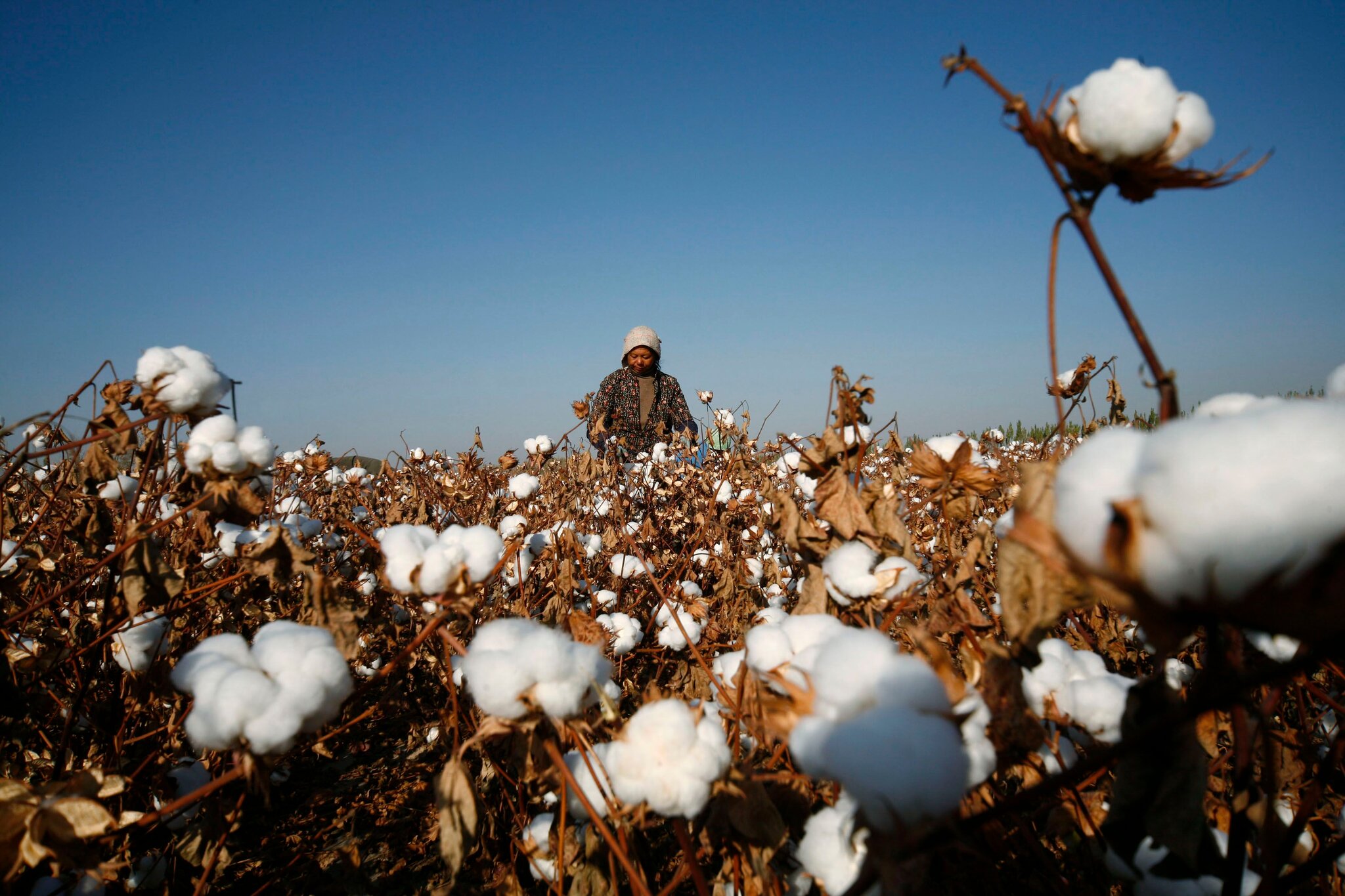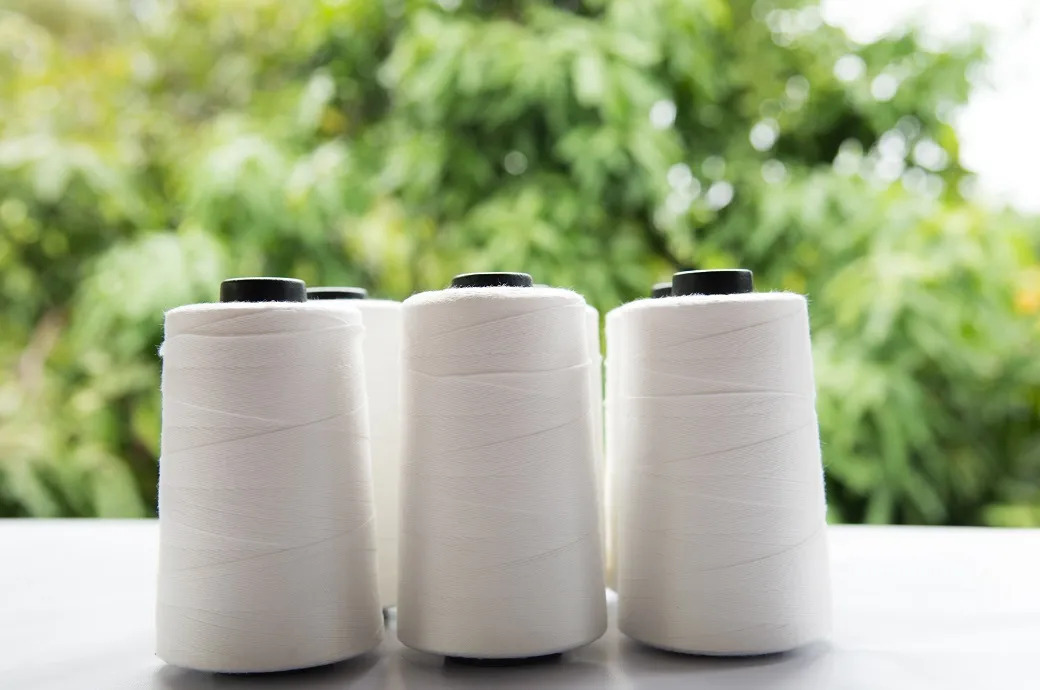American clothing retailers and brands are urging Indian apparel manufacturers to share the burden of potential price increases caused by recent US tariff policies. On their part, US companies are trying to prevent significant price hikes for American consumers after tariffs were imposed on Indian goods.
While the tariffs on India are significant, at 26 per cent, they are lower than those placed on other major textile exporters to the US, including Vietnam (46 per cent), Bangladesh (37 per cent), Cambodia (49 per cent), and Pakistan (30 per cent), says KM Subramanian, President, Tiruppur Exporters Association (TEA).
US companies are suggesting, the weakening of the Indian rupee has given them some flexibility to adjust prices and lessen the impact of the 26 per cent tariff, which would affect American consumers, he explains. Tiruppur is India's knitwear center, known for supplying basic apparel to numerous countries at prices ranging from $2 to $5 per item.
US buyers with offices in the US have already approached Indian exporters. They are offering a maximum 5 per cent discount of India’s tight margins. However, they'd need to provide Indian exporters with more business compared to what they give Bangladesh, adds Lalit Thukral, President, Noida Apparel Export Cluster. The Noida cluster has 4,000 units that produce fashion embroidered garments priced between $5 and $30 per piece.
Apparel exporters from Noida in Uttar Pradesh and Tiruppur in Tamil Nadu plan to seek capital subsidies from the Indian government to expand production capacity, modernize factories, and establish new facilities. They will also request interest rate subsidies on exports to maintain competitiveness with Bangladesh.
These exporters intend to approach the commerce ministry next week, when they have a clearer picture, Subramanian stated. They need to boost production to capitalize on the lower tariff compared to other exporting countries. For that, these require capital subsidies and government support.

